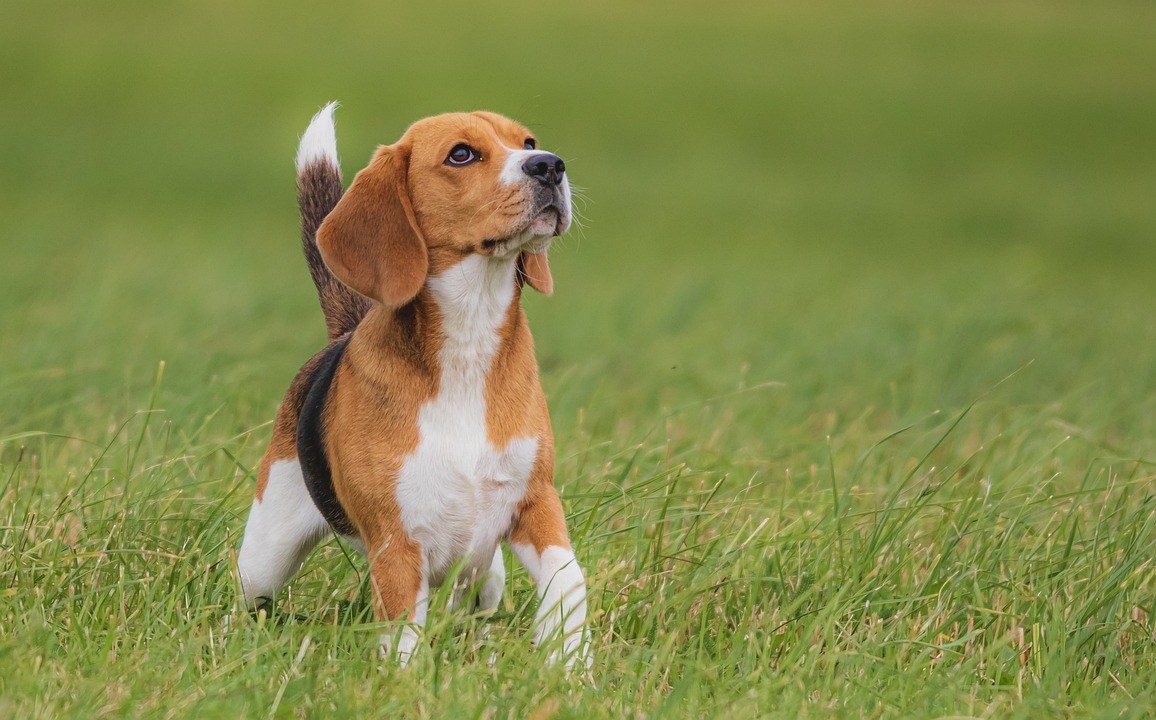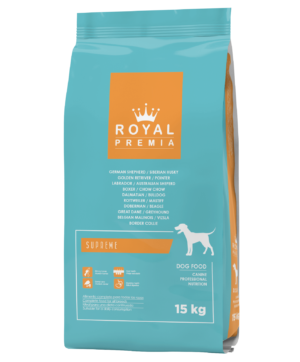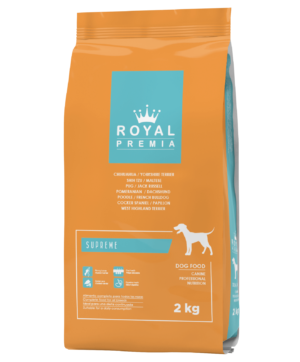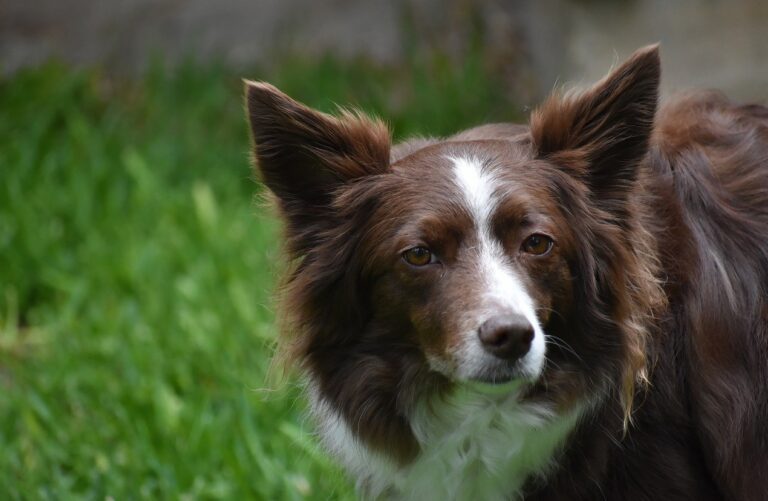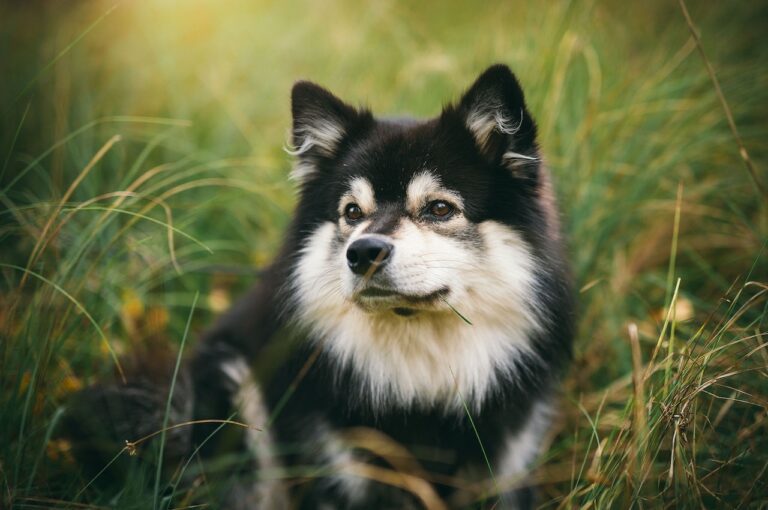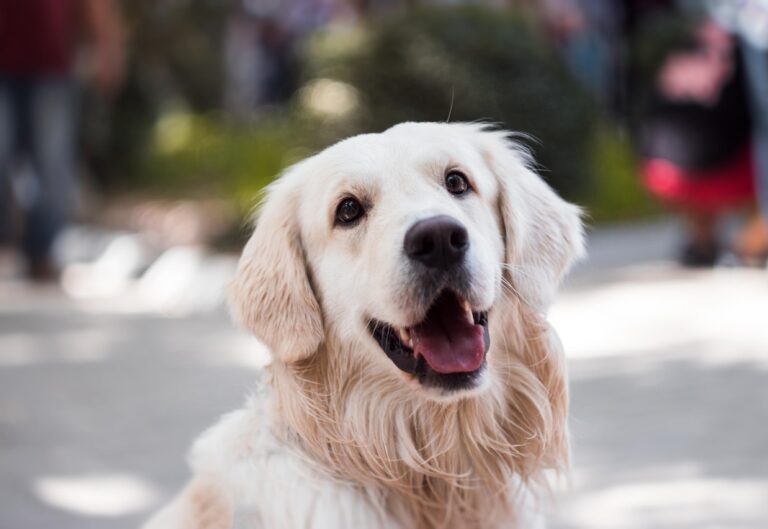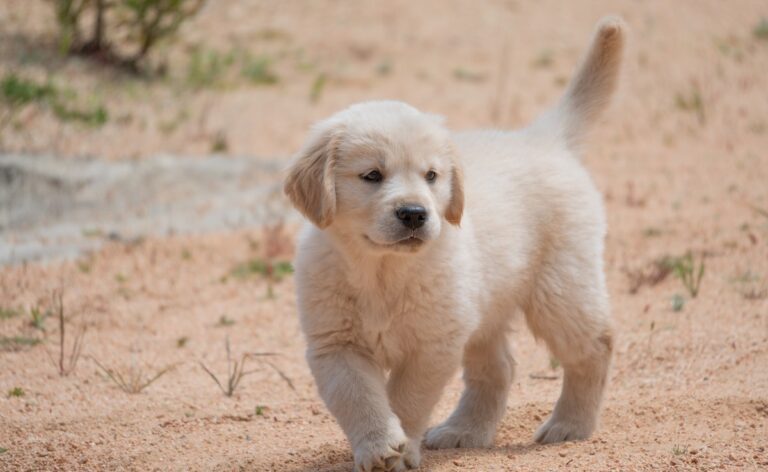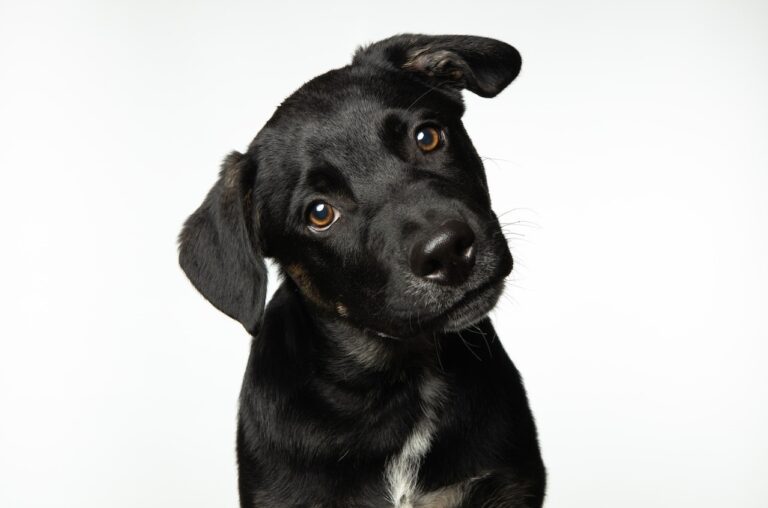A Guide to Choosing Food for High Energy Dog
Having a high-energy dog can be a wonderful experience, but it also means that they require the right fuel to keep them going strong. Just like athletes, these dogs need a diet that provides them with the necessary nutrients and energy to support their active lifestyle.
In this, we’ll explore the key factors to consider when choosing high-energy dog food and provide some useful tips to keep your furry friend happy and healthy.
Understanding Your High-Energy Dog’s Nutritional Needs
High-energy dogs burn calories at a faster rate than their more sedentary counterparts. Therefore, it’s crucial to choose a dog food that meets their increased energy requirements. Here are some key aspects to consider:
- High-Quality Protein: Protein is an essential component of any dog’s diet, but it’s especially important for high-energy dogs. Look for dog foods with high-quality sources of protein, such as chicken, beef or fish. These proteins help build and repair muscles and provide a sustained source of energy.
- Adequate Fat Content: Fat is a concentrated source of energy and is crucial for high-energy dogs. Look for dog foods that contain moderate to high levels of healthy fats, like omega-3 and omega-6 fatty acids. These fats promote healthy skin and coat and provide sustained energy for your active dog.
- Complex Carbohydrates: Carbohydrates are an important energy source for dogs. Look for dog foods that include complex carbohydrates like whole grains (brown rice, oats) and vegetables. Avoid foods with excessive amounts of simple carbohydrates (sugars, corn syrup) as they can lead to energy spikes and crashes.
- Essential Vitamins and Minerals: To maintain overall health, your high-energy dog needs a well-balanced diet that includes essential vitamins and minerals. Look for dog foods that are formulated to meet standards, ensuring that your dog’s nutritional needs are met.
- Consider Special Formulations: Some high-energy dogs may have specific dietary needs, such as joint support or weight management. If your dog has any specific requirements or health conditions, consult your veterinarian for recommendations on suitable dog food options.
Tips for Choosing the Right High-Energy Dog Food
Now that you understand the key elements to look for in high-energy dog food, here are some tips to help you make the best choice for your furry friend:
- Read the Ingredient List: Take the time to read the ingredient list on dog food labels. Look for recognizable, whole food ingredients at the top of the list, indicating a higher quality product.
- Consider Your Dog’s Age and Breed: Puppies, adult dogs, and senior dogs have different nutritional needs. Additionally, certain breeds may have specific dietary requirements. Choose a dog food formulated for your dog’s life stage and breed size to ensure they receive the appropriate nutrients.
- Consult Your Veterinarian: Your veterinarian knows your dog’s health history and can provide valuable insights into their specific nutritional needs. Seek their advice to ensure you choose the best high-energy dog food for your furry friend.
- Gradually Transition to New Food: When introducing a new dog food, do it gradually over a week or so to avoid digestive upset. Start by mixing a small amount of the new food with the current food and gradually increase the proportion of the new food.
Overall
Feeding a high-energy dog requires careful consideration of their nutritional needs. By choosing a high-quality dog food with the right balance of protein, fats, carbohydrates, vitamins and minerals, you can provide the energy and nourishment your furry friend needs.
Remember to consult your veterinarian for personalized recommendations based on your dog’s specific needs. With the right diet, your.
Royal Premia Dog Food
-
Supreme Dry Dog and Puppy Food 15kg All Medium and Large Breeds
-
Supreme Dry Dog and Puppy Food 2kg All Small Breeds
Frequently Asked Questions
What is considered a high-energy dog?
High-energy dogs are typically breeds that are naturally active and require a significant amount of exercise to stay content. Examples of high-energy breeds include Border Collies, Australian Shepherds, Siberian Huskies and Vizslas, among others.
Can I switch my high-energy dog’s food abruptly?
It’s generally recommended to introduce a new dog food gradually. Start by mixing a small amount of the new food with the current food and gradually increase the proportion of the new food over about a week. This helps prevent digestive upset and allows your dog to adjust to the new food.
How often should I feed my high-energy dog?
The frequency of feeding depends on your dog’s age and individual needs. Puppies generally require more frequent meals, while adult dogs can be fed once or twice a day. It’s best to establish a regular feeding schedule and consult your veterinarian for specific recommendations based on your dog’s age and activity level.

